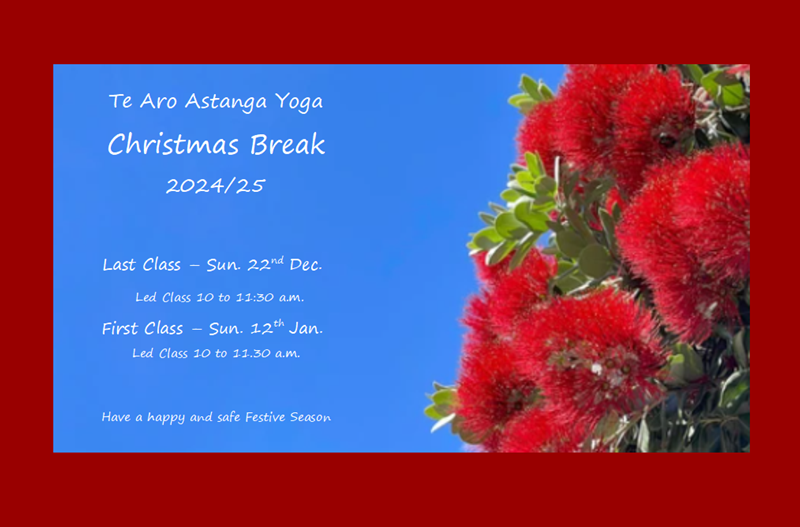Mike… would you be inspired to write something about (Ashtanga) Yoga and the use of props? Also what Guriji thought about it?
I was exposed to a few Iyengar style and other style classes and I noticed the extensive use of props and in a way it seemed to nurture a great emphasis on ‘things we cannot do’ and ‘issues’ in our body. Of course I see the point of using props especially with elderly people or disabled people of whoever likes to use them.
But what about this saying that yoga is for everyone?
And how can you reconcile Ashtanga yoga with this?
We do not use any props but I often notice that it is very intense for people who have never done yoga before or any form of physical activity.
Is there such a thing as a restorative Ashtanga yoga class?
In terms of teaching yoga?
Just a few thoughts…
thaaaaaaaaank you Mike!!!! haribol Jyd
Thank you Jhulanyatra for giving me the subject of this article. I wonder if I am the person to comment on the use of props in yoga classes and also on “Restorative Yoga”. I have never done a class that involved the use of props or blocks and have never used them myself. I also have never done a “Restorative” class, so I am not exactly writing from the perspective of one who can accurately make a comparison. What I can do is comment on why I have never felt the need to either use props or to do a specifically designed restorative class.
I never heard Guruji make any comment on the use of props. I just don’t think he ever considered them necessary. I did read somewhere that he thought that they disrupt the flow of energy by putting something artificial between the hands and ones body or the floor. This makes some sense to me, as Guruji was always very particular about where the hands should be on the body or the floor. I suspect this is one of the major differences between Guruji’s Ashtanga Vinyasa method and other methods of practice. The flow of energy in the practice as driven by the combination of Ujjayi Breath and the activation of Bandha was of the utmost importance to him. Much more so than correct alignment or emphasis on the outward form of the asana.
The other important factor in this is the Traditional or “Mysore Style” of teaching. In this method one is introduced to each asana one by one. When one has attained reasonable proficiency in each asana the next one is taught. This is the “slowly, slowly” method Guruji taught which meant that I was ready to meet the challenge of each new asana when I got to it and never felt the need for a prop. If I did need help to get the correct bind or to get a little deeper into an asana this was provided by way of an adjustment from my teacher. With an adjustment the energy is not being blocked by an inanimate object.
Taught by this method, Ashtanga Vinyasa Yoga truly is for anyone. I have experienced Guruji teaching elderly people as well as people with quite serious disability through injury. He never altered his method, but taught them slowly, slowly asana by asana. If you put an elderly or disabled person in a situation in a Led class where they feel they have to keep up or do things they are neither ready for or capable of then there will be trouble. Very quickly they will lose track of their breath and get themselves into an unstable position which is the antithesis of good asana.
The Primary Series of Ashtanga Vinyasa Yoga is Roga Chikitsa. This means that it is therapeutic and healing of disease. Is this not the essence of “Restorative Yoga”? Practiced correctly, regularly, and often the Primary Series will restore the body to correct alignment and good health. I have experienced this in my own body so I have no doubts about this. If by “Restorative” you mean gentle asana that do not challenge but just make one feel good, then this is all very well. However to have lasting restorative benefits some effort must be put in and fears must be faced. Again, it is essential that the practice is developed slowly and steadily so that you manage the challenge. It is also essential that you go through this with the guidance of someone with experience and an understanding of the method. Put yourself in safe hands, establish a regular practice, and practice with a light heart and you will be restored.

0 Comments